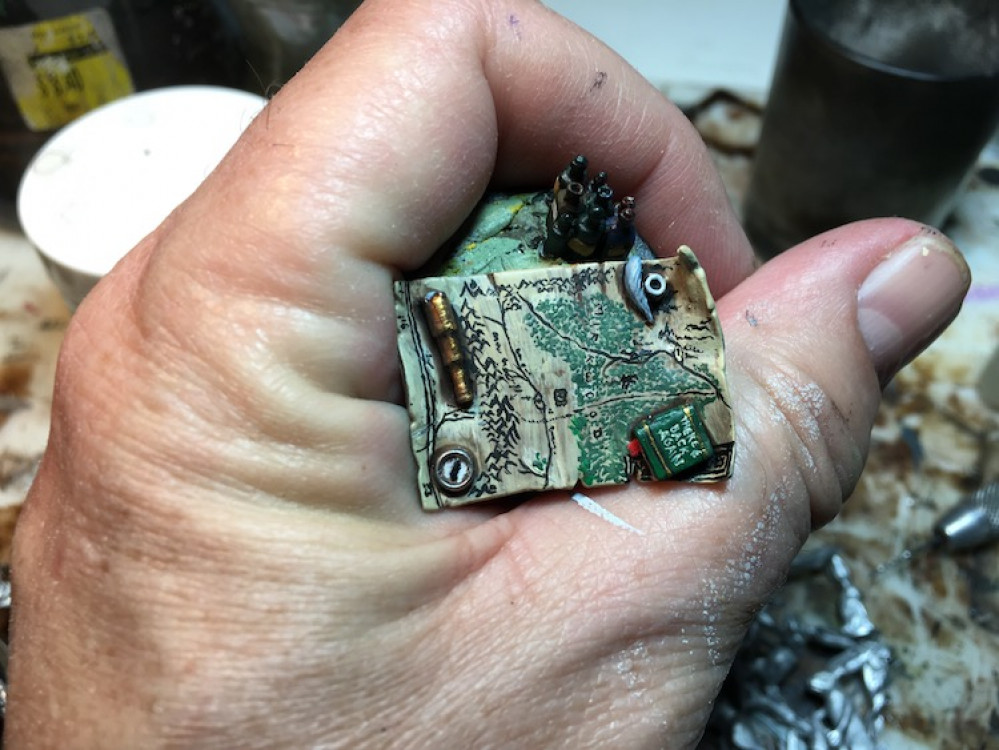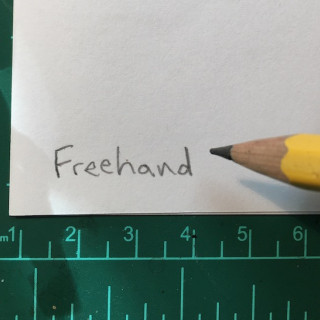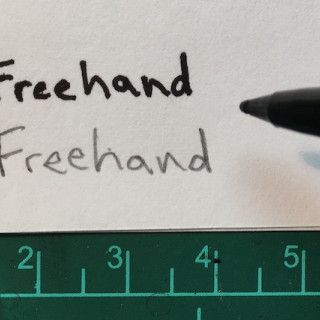
Demystifying Freehand With 144artist
Recommendations: 79
About the Project
I have been building and painting miniatures since I was a kid marveling at the neighbor's HO scale railroad layout. By college it had shifted to military and fantasy minis as I studied Illustration and Photography. Now, many decades later, I am still working away at creating my own tiny worlds even while teaching general art to 12-15 year olds. Along the way I have picked up a lot of tricks and exercises, many seemingly unrelated to miniatures painting, that have had a significant impact on my miniatures work. As I tell my students, practicing simple skills and breaking down a project into manageable pieces make anything possible. This is true with miniatures painting as well as one's perspective. I hope something I share will help others find confidence and satisfaction in their own creative journeys.
Related Genre: General
This Project is Active
Exercises to Change One's Perspective
As I mentioned in the intro, I have a background in illustration but anyone who can write their name with a felt tipped pen can learn to do what I do. Along similar lines, I heartily suggest watching the excellent Gerry Can episode on using pens for fine detail. A big part of dealing with anything new or intimidating is to break into its elemental parts and change one’s view. Freehand detail on miniatures comes down to lines and dots, just like writing. A lower case “t” written on a shield is a cross, extend the lines and the shield is now quartered. I’ll go into more depth about breaking visuals down into simpler bits in later posts. For now I wanted to start with some exercises which will go a long way in helping anyone build up control and confidence quickly











































